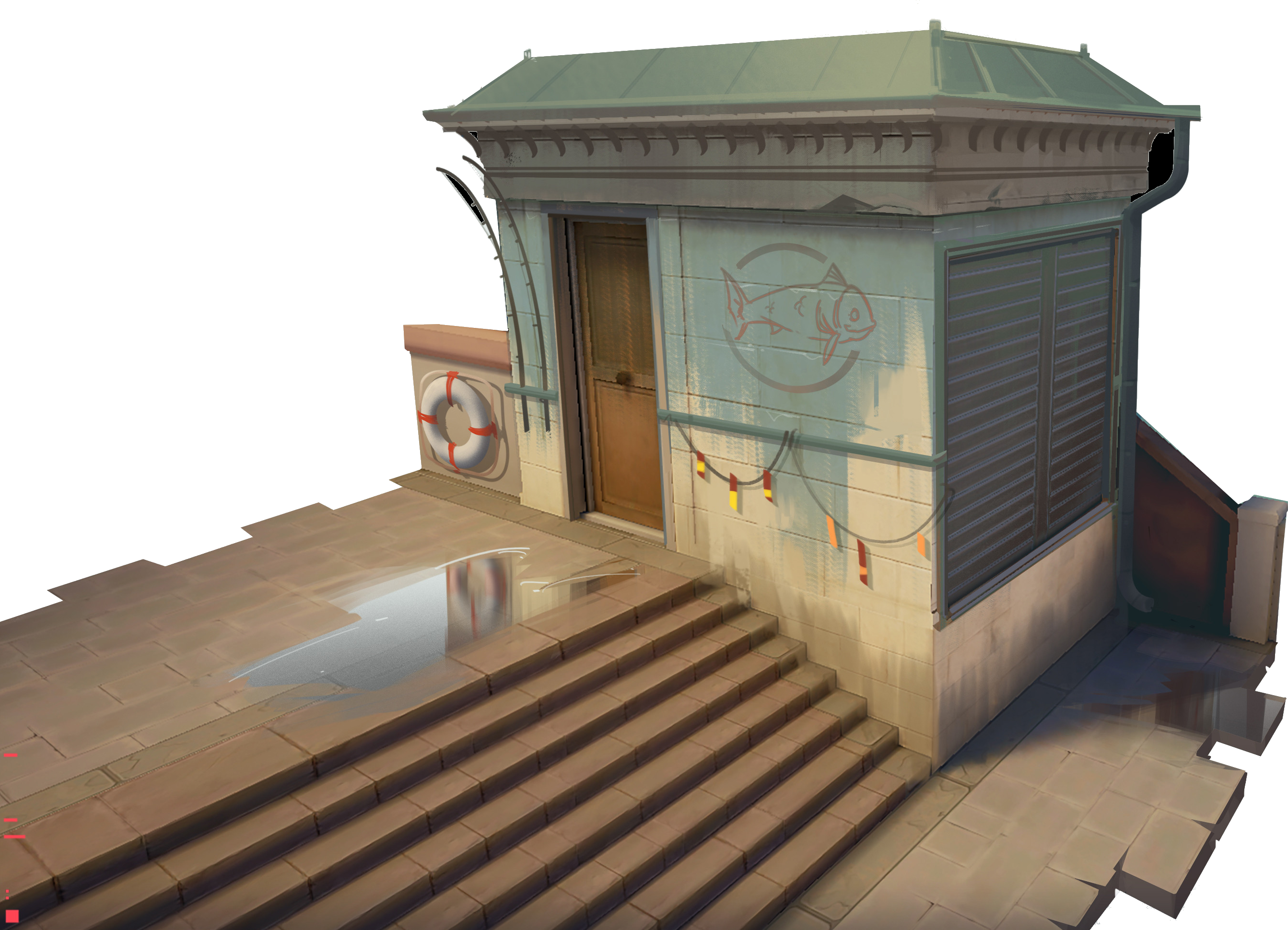Valorant is a free-to-play first-person tactical hero shooter developed and published by Riot Games, for Windows
Go To The News Page
trending_flat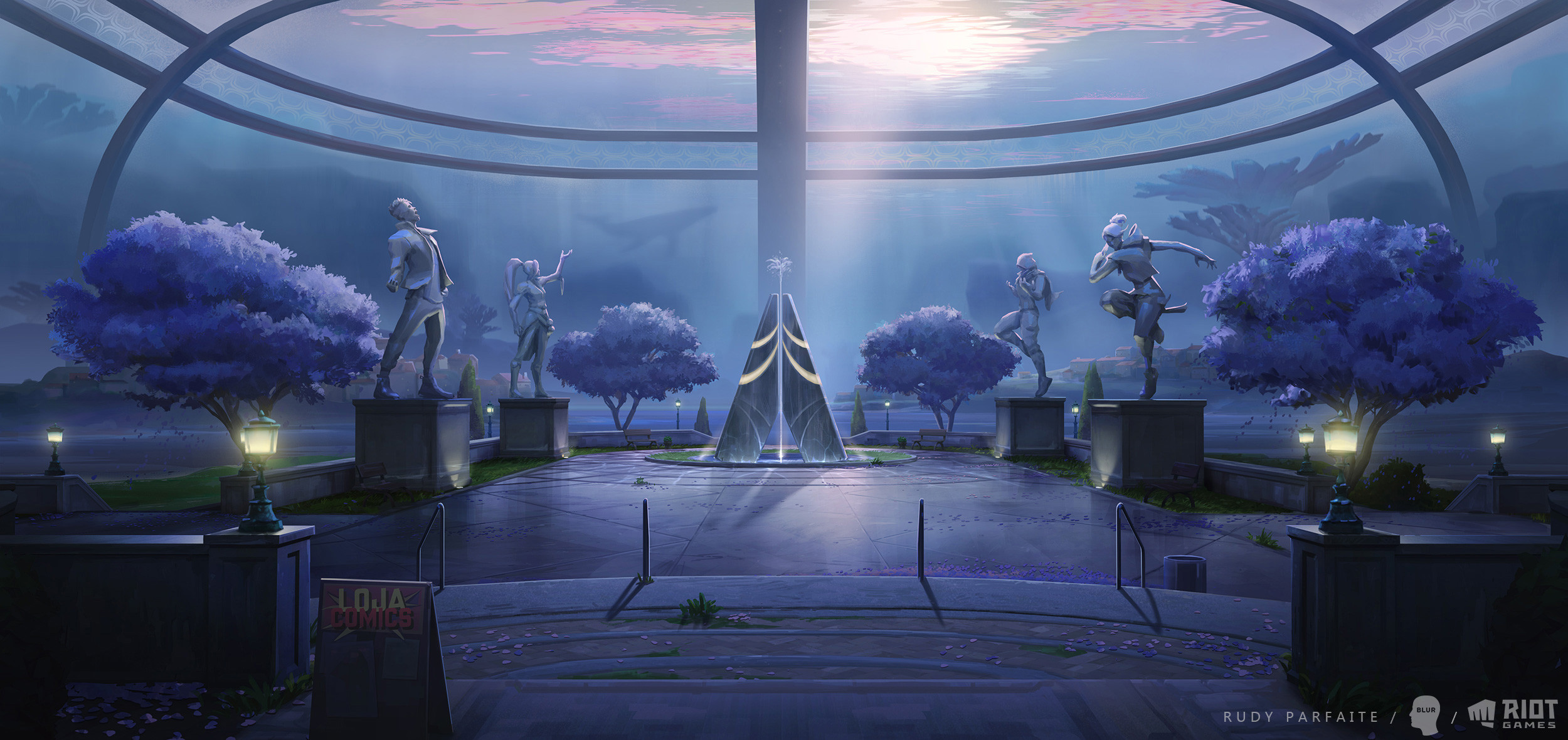



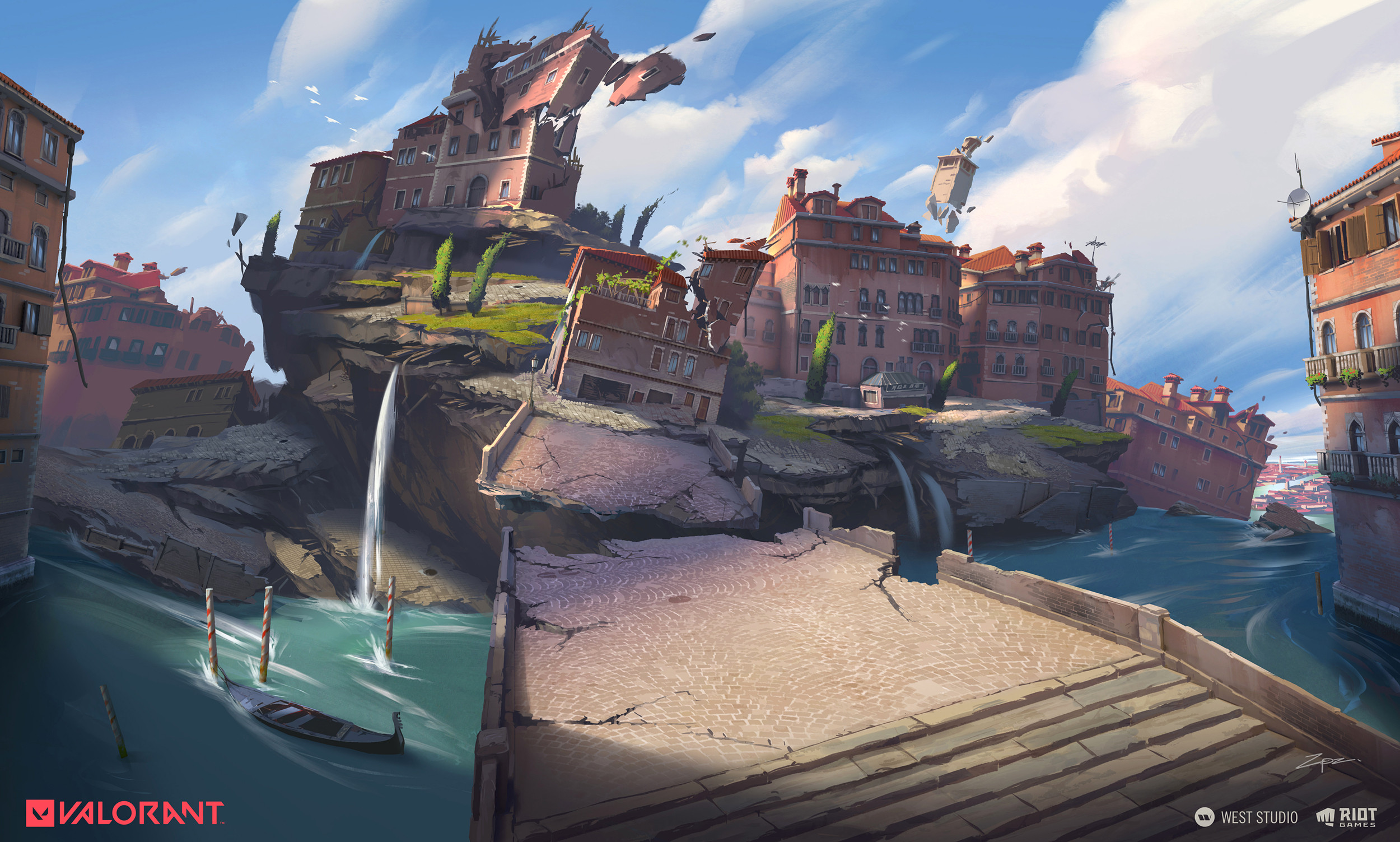
VENICE
02/09/23

SANDSTORM
02/09/23
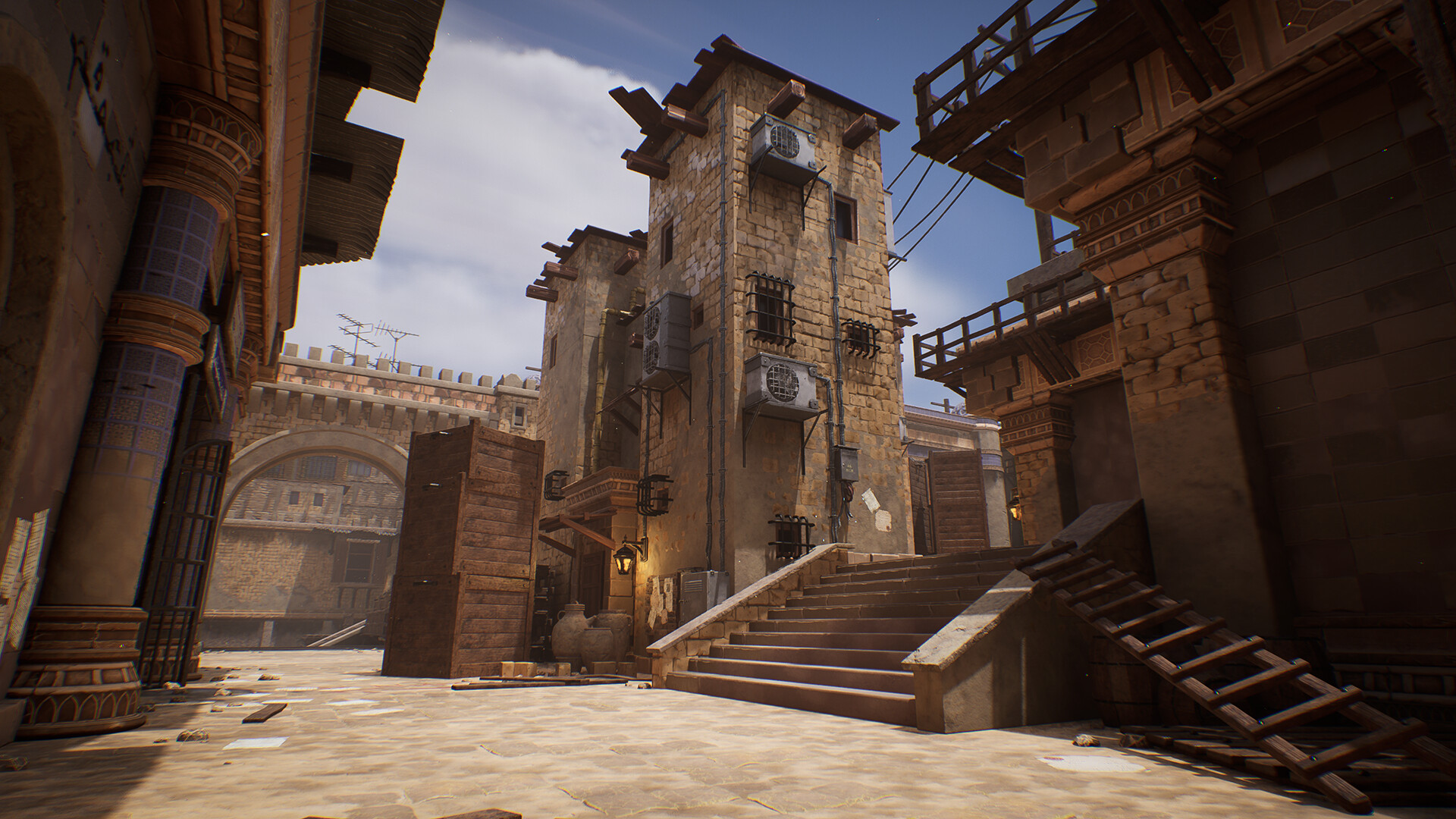
SERENITY
02/09/23
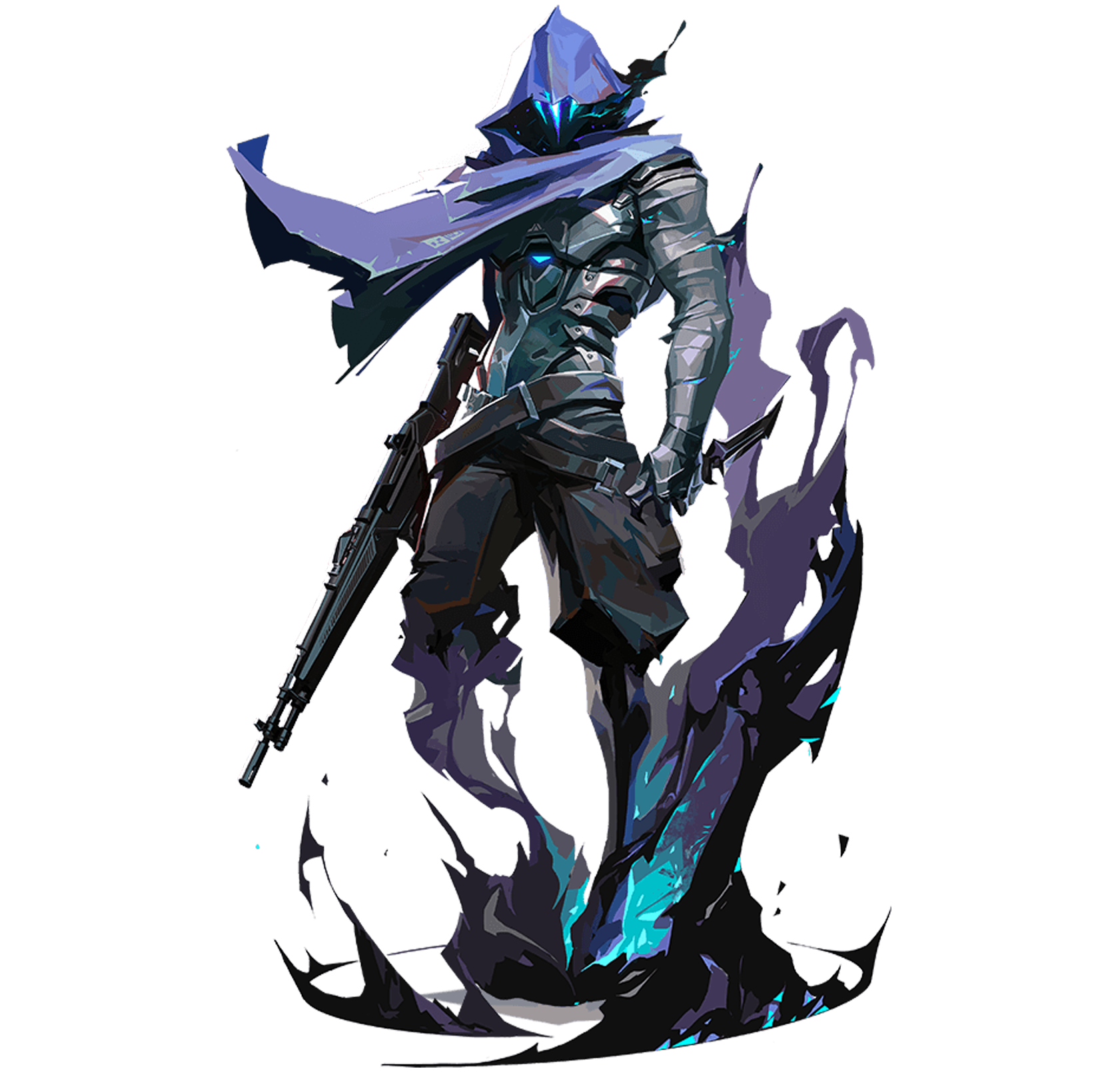
DEFY THE LIMITS
Blend your style and experience on a global, competitive stage. You have 13 rounds to attack and defend your side using sharp gunplay and tactical abilities. And, with one life per-round, you'll need to think faster than your opponent if you want to survive. Take on foes across Competitive and Unranked modes as well as Deathmatch and Spike Rush.
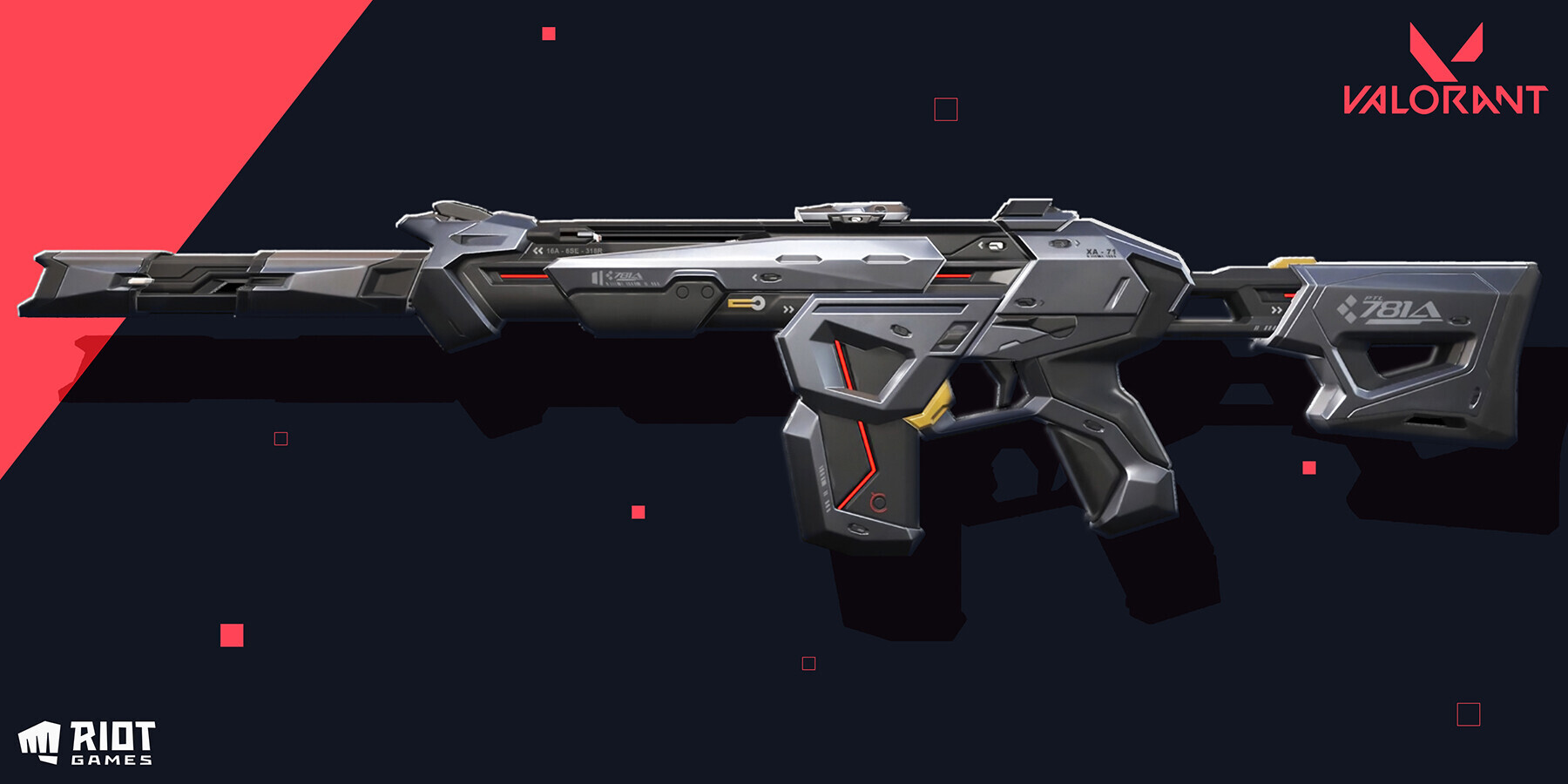
New Weapons & Characters
Agents have different variations of weapons, typically firearms, to cater to specific playstyles or metas. Weapons are separated by two categories, Sidearms and Primary weapons. Sidearms consists of pistols, whilst primaries include SMGs, shotguns, rifles, sniper rifles, and machine guns.
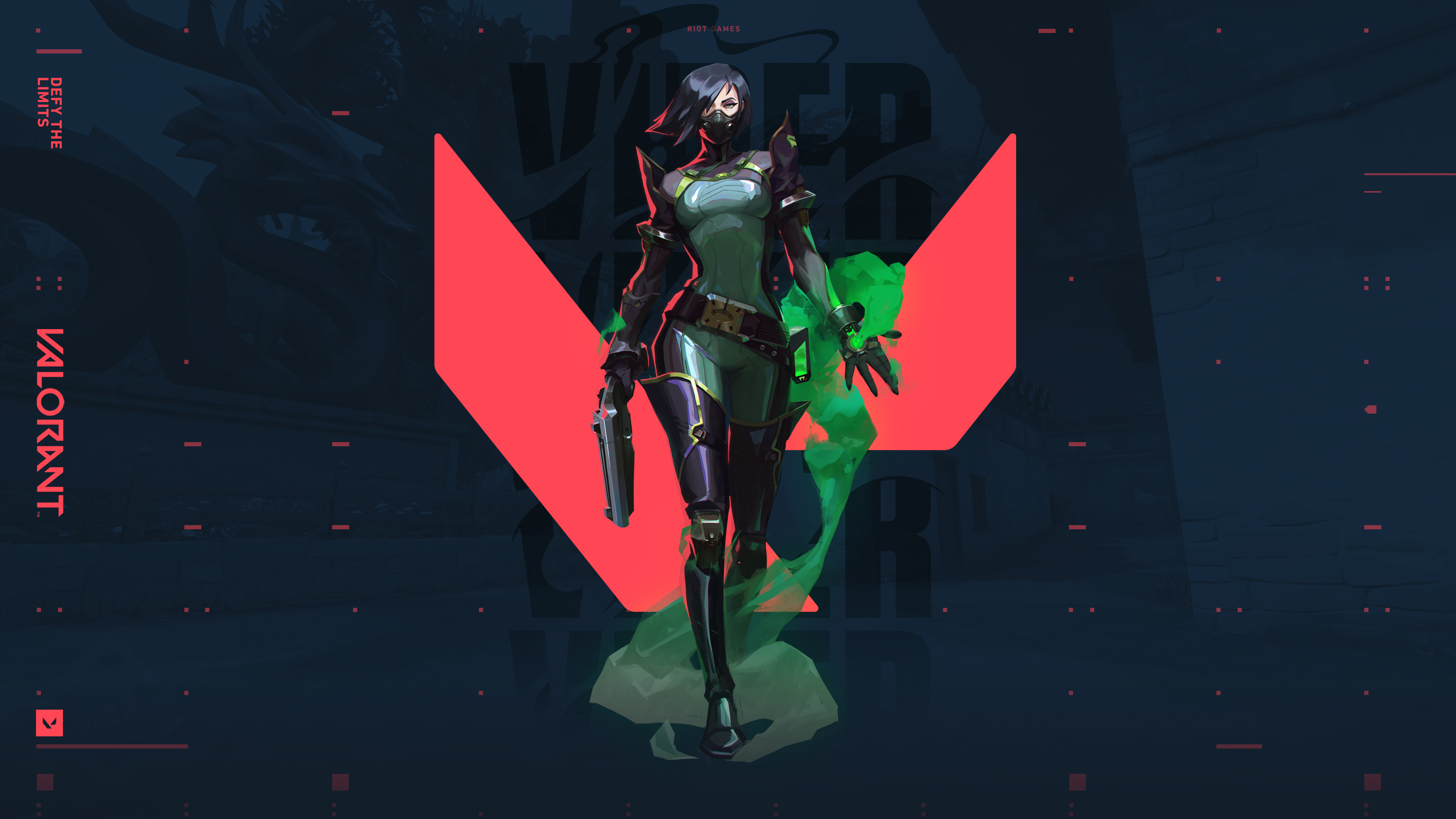
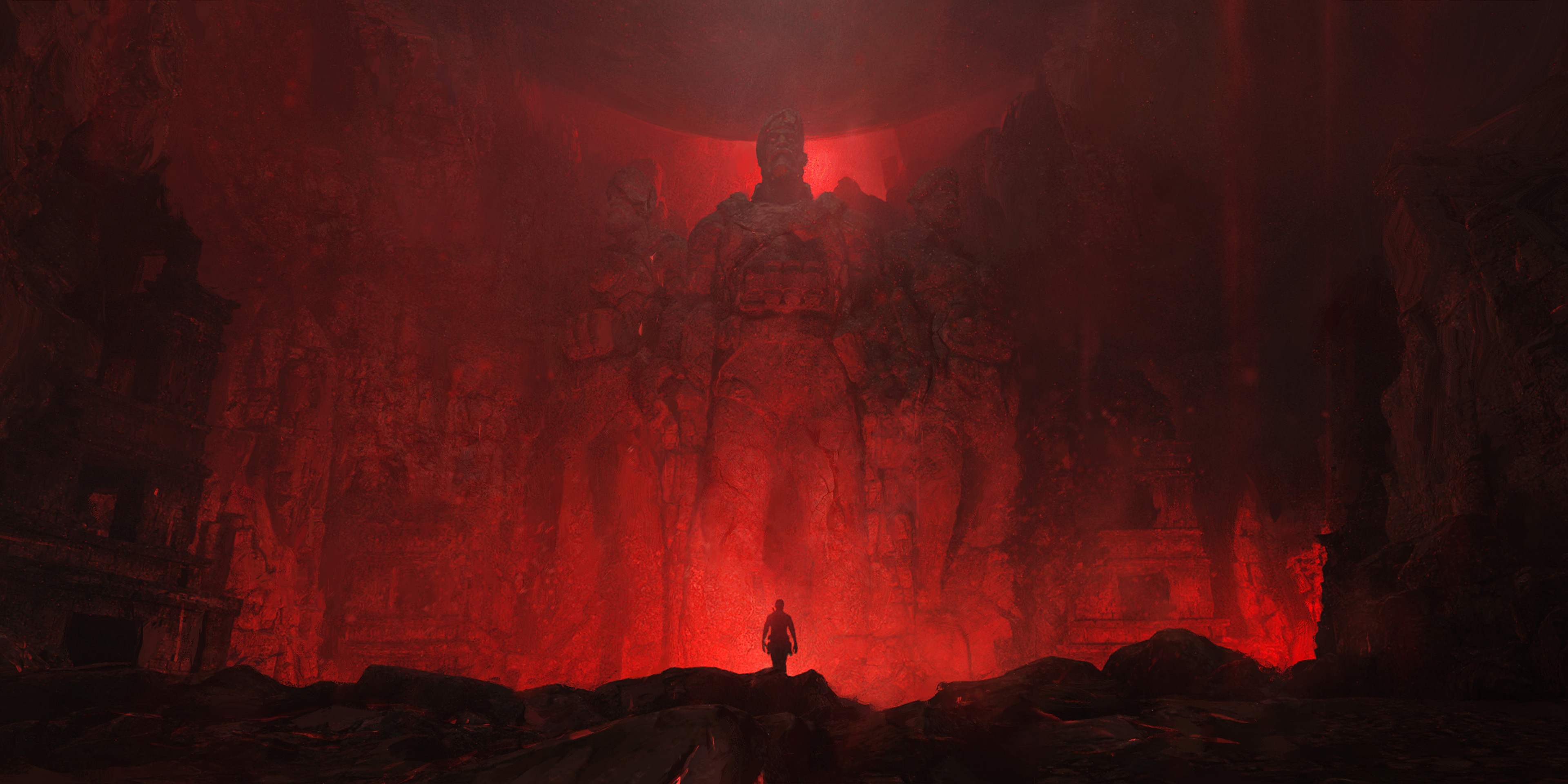


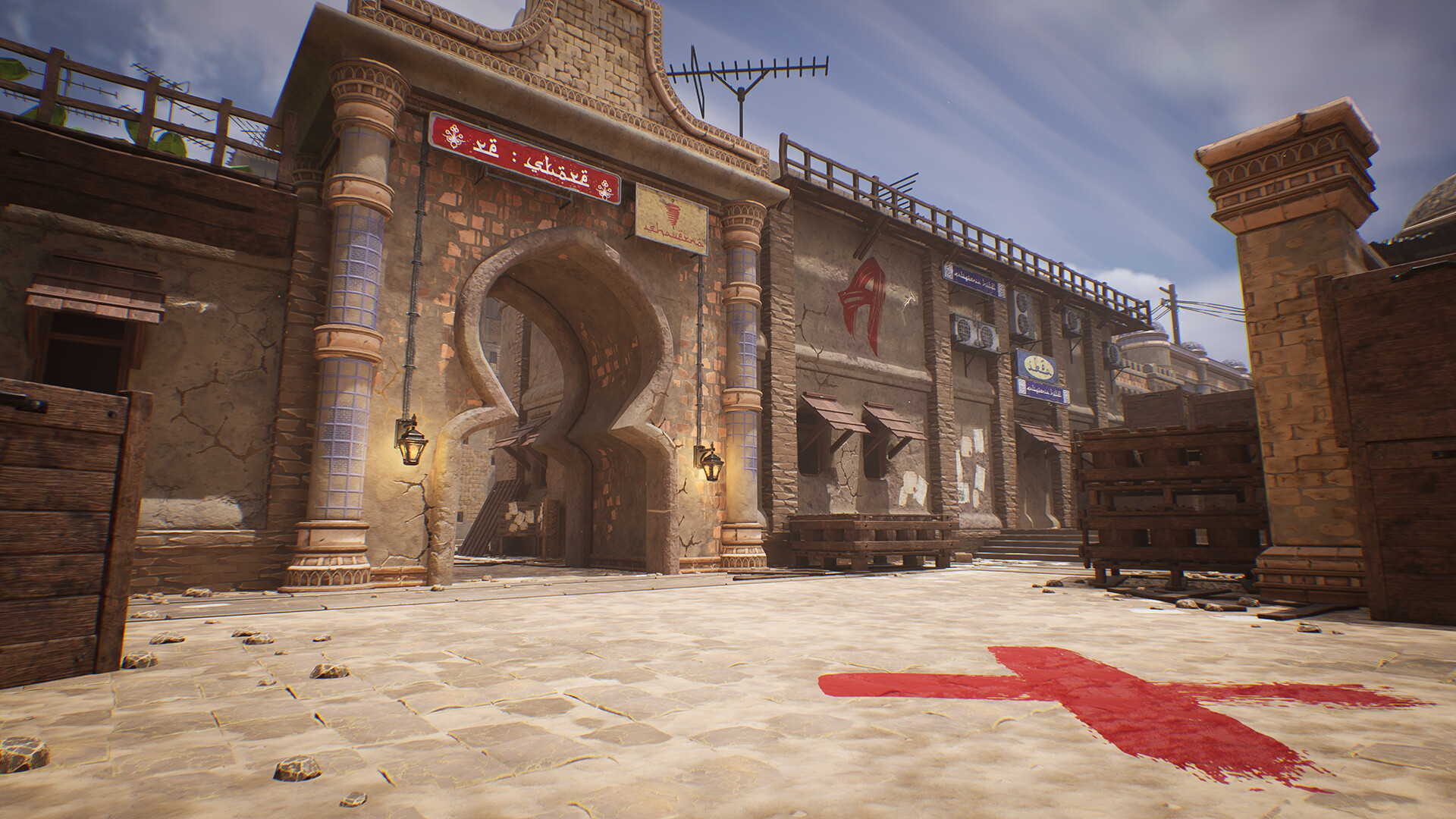
Screenshot1
taken from prototype gameplay
SANDSTORM
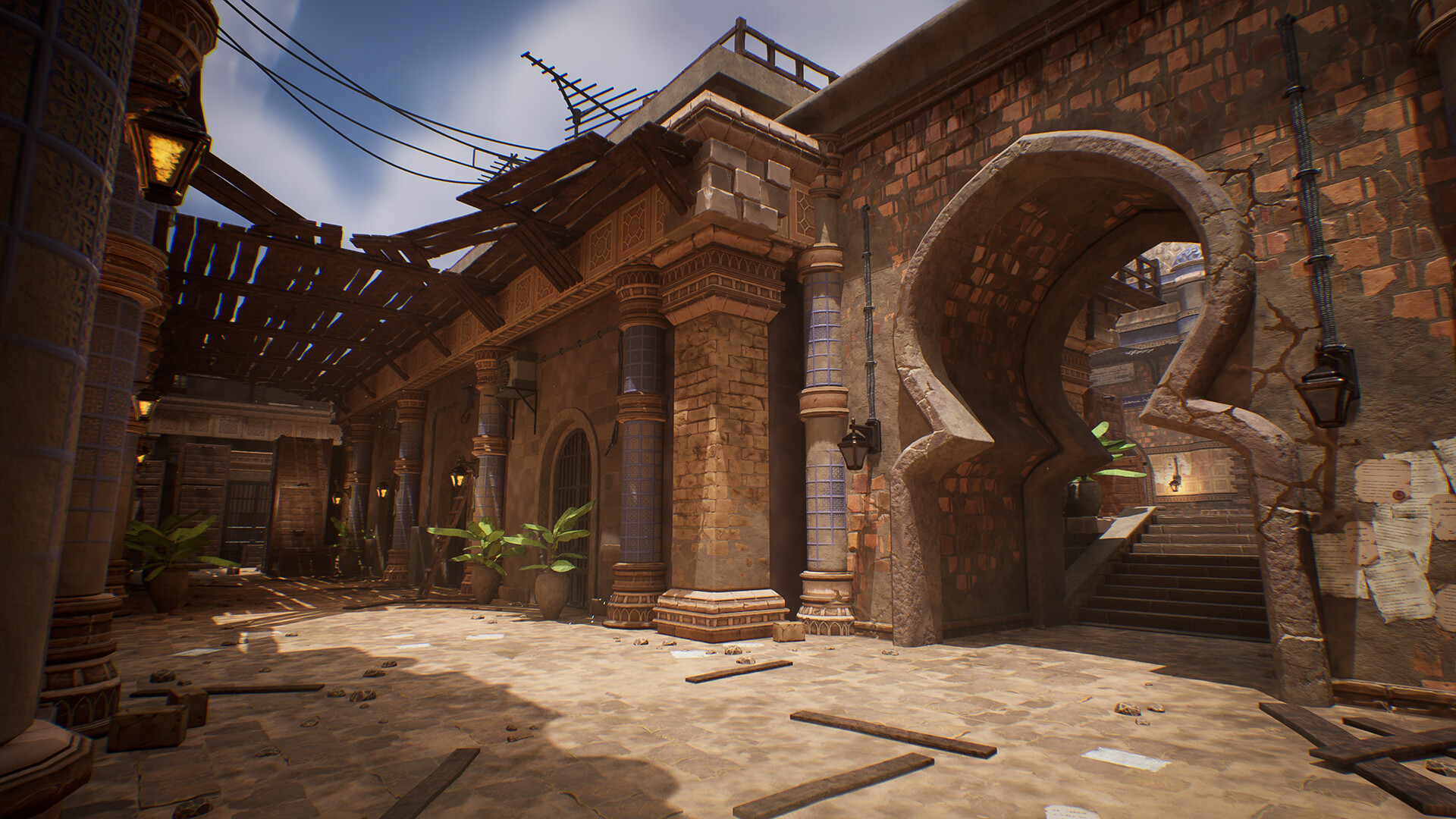
Screenshot2
taken from prototype gameplay
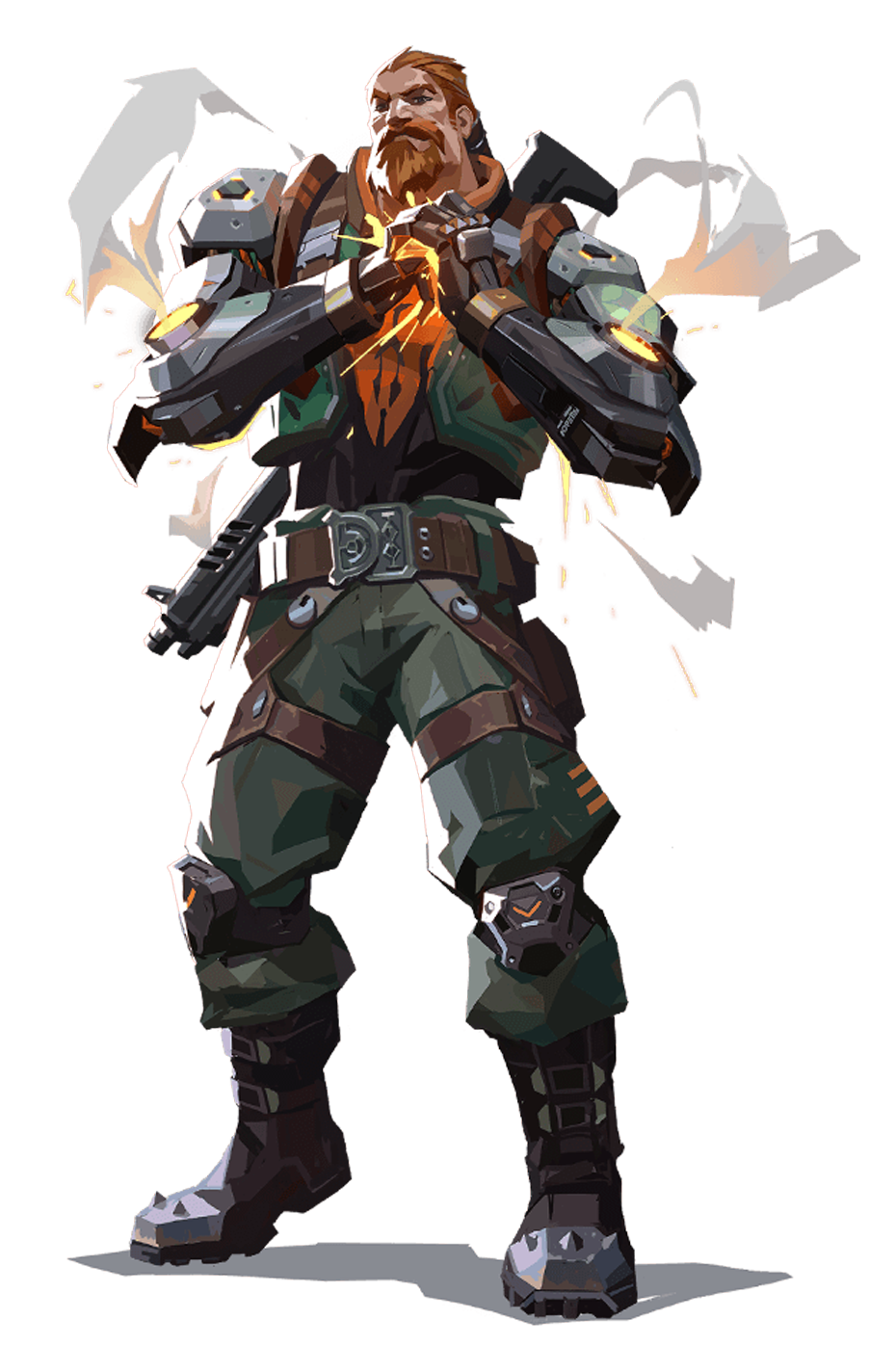
It features odd Forerunner constructs and is encircled with a minefield that features vertically launching mines to prevent players from venturing beyond its boundaries. Six large towers surround the outer extremities of the map, all connected by a large wall. The purpose and origin of these structures is unknown. The September 7 EGM stated that this was the site of a Brute excavation and UNSC forces (deployed from the frigate UNSC Aegis Fate, which hovers in the sky above the map) came along and removed them; remains from both sides' forces can be seen in the form of a crashed Phantom and a crashed Albatross.[2] It has a heavy emphasis on vehicular combat. All of the forgable vehicles available at the time in the game are on this map - for example, the "bases" are a pair of UNSC Elephants at opposite ends of the recently unearthed Forerunner ruins.



NEW ENVIROMENTS
When it comes to maps, level design normally grabs most of the attention, and rightfully so, as designers spend months working on the greybox-playtesting and tweaking them until they are ready to hand off to the artists. Today you're going to hear from the 3D artist perspective. That's me, the person who works on models, textures, sculpts, paint, shaders, and building the overall visual world. I hope to give you some insight into the challenges, successes, and misconceptions of crafting map environments.
3D TEXTURES & OBJECTS
Before 3D artists can touch a map, our Art Lead and Creative Director work very high level with the concept artists to iterate on finding an iconic look for our maps using a series of blue-sky concepts. At this stage there's a lot of back and forth between the artist and project leadership to make sure the map follows the VALORANT narrative, is marked by visual variety, and most importantly, is something the team is really excited to be working on. After a high-level direction has been locked down, concept artists begin to tackle specific locations and call-outs on the map based on the greybox layout. At this stage, the concept artists try to get as much coverage on the map before the 3D artists jump in and begin modeling the basic shapes of the architecture. As we start to model the maps, we try to playtest them on a weekly basis to get a feel for the spaces, check for bugs, make sure there is accurate collision, and to spot areas that are too noisy or compete visually with our Agents. The level designers can make changes to the spaces as we're modeling them, and we have to pivot to those changes when necessary. This often happens during the art blockout and early stages of building the maps. Since concepts and layouts can shift, it's better to work with simple shapes during the blockout phase to avoid having to re-do work. Two good examples of this can be seen in the Icebox blockout phases of "kitchen" and "mid," where changes were made to give some spaces more breathing room.:
